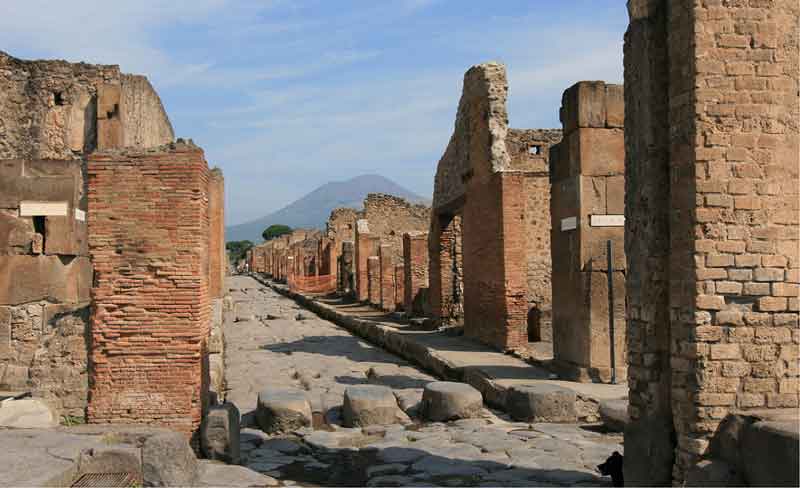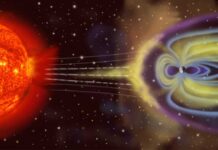Archaeologists have found evidence of Pompeii being repopulated after the eruption of Mount Vesuvius. The cataclysm occurred in 79 AD. The city was heavily damaged and almost turned into ruins.
It was believed that the surviving inhabitants settled in other regions. But those who could not afford to start a new life elsewhere returned to the ruins. Archaeologists believe that other people – those who were looking for a place to settle or hoping to find valuables among the rubble, joined them.
The results of the excavations showed that it was an “informal” settlement. People survived in difficult conditions, without the infrastructure and services typical of a Roman city of that time. They inhabited the upper floors of old houses and the former basements were converted into cellars with ovens and mills. According to scientists, it was a kind of favela (slum) among the still recognizable ruins of Pompeii.
According to researchers, about 20,000 people lived in Pompeii before the eruption of Vesuvius. The eruption killed 15% to 20% of the city’s residents. The cause of most deaths was a giant cloud of ash and gases that covered the city. At the same time, the ash preserved the remains of buildings and even the bodies of people to this day, Science Alert reports.
Earlier, archaeologists found the remains of a family in Pompeii that tried to escape the eruption. The people hid in the bedroom and barricaded the door. However, they did not survive. Four people died, including a child.









